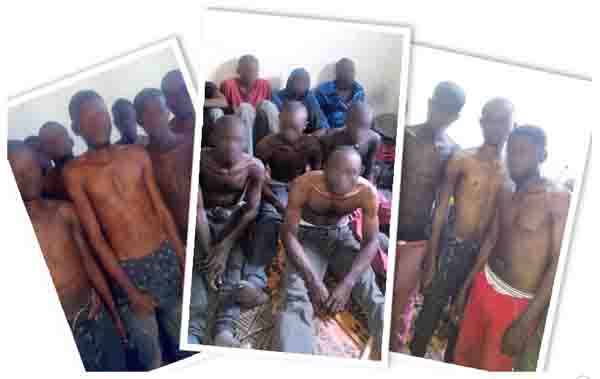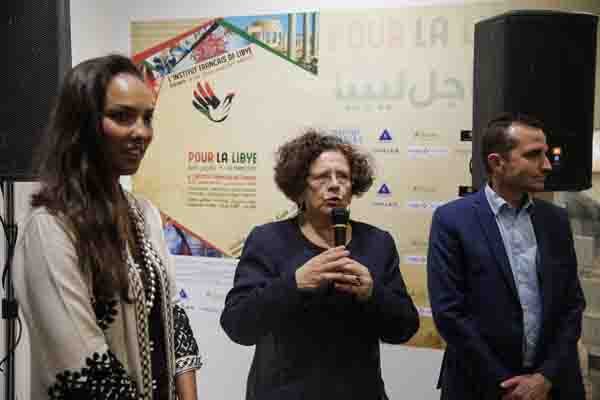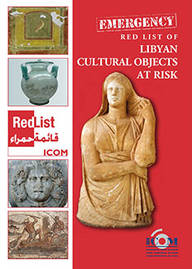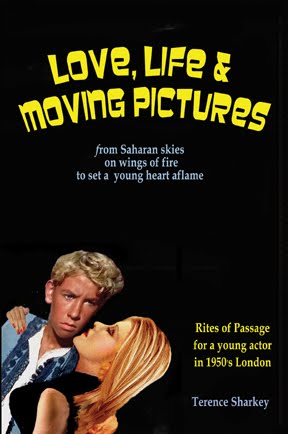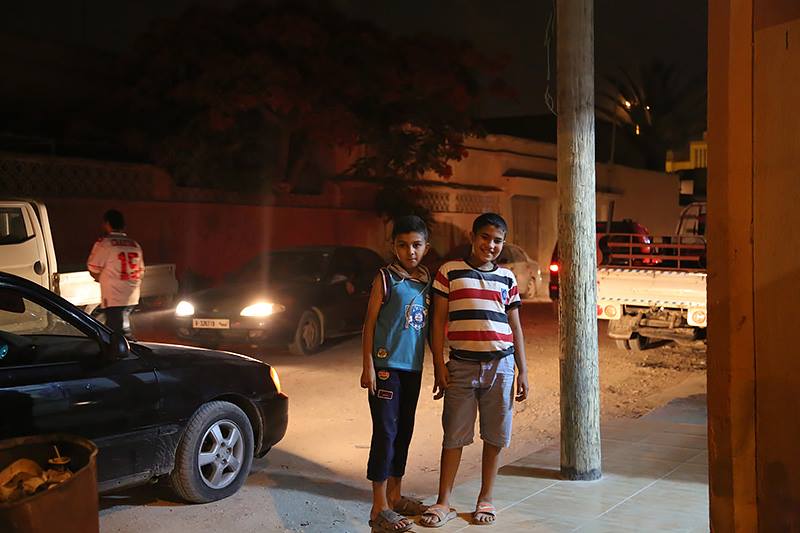
Benghazi, 27 June 2015:
Benghazi’s Leithi district has became notorious as the worst of the city’s badlands, a bastion first of Ansar Al-Sharia, then of Islamic State (IS) forces with their snipers taking a deadly toll of Libyan soldiers. And in response, the army bombarded the district with missiles and airstrikes turning it into ruinous no-mans land in which a few dogged locals hung on.
Parts of it, where there are still snipers and air raids, are still dangerous. But the generalised perception about Leithi needs to change. Other areas are now free of the militants and are seeing a remarkable return to normality.
Libya Herald’s Ayman Amzein paid a Ramadan evening visit yesterday to a friend in one of those parts last night.
It’s Friday, the 9th of Ramadan, and about 10 o’clock in the evening, and I have just been to Leithi.
I’ve a friend who lives there. It is not all that far away but I hadn’t seen him for six months because of the war in Benghazi. I couldn’t because where he lives was controlled by Ansar Al-Sharia. So we used to contact each other by phone.
For the past couple of months, parts of Leithi have been freed by the military and my friend lives in one of those areas. Despite this, on those occasions when I thought of visiting him, I shied off, worried that I might get lost in Leithi, a large area of Benghazi with its many streets, and that maybe I might be grabbed by Ansar gunmen or shot by a sniper.
So when my friend sometimes called me and invited me over, telling me his part of Leithi was safe, I would tell him that I was busy. But the reality was that I was too scared to go there, convinced that it was not safe.
Then two days ago, he phoned and again invited me to visit. This time I said “OK”, thinking that it was about time to go and see for myself that what he said was really true.
So yesterday, after breaking the fast at Iftar, I got in the car and headed towards Leithi.
It should have taken 15 minutes but took closer to an hour. The reason wasn’t holdups at checkpoints but the traffic on the streets. It seemed that everyone in Benghazi was out and about. And the closer I got to Leithi, the heavier the traffic became.
There were checkpoints going there, but I was waved straight through. Security was light.
Once in Leithi – or at least the part of north Leithi where my friend lives – there was a wholly unexpected buzz about the place. There were lights in all the houses, loads of people on the streets, cafes were packed and shops were doing brisk business. I noticed too large numbers of people going to the mosque for the nightime Taraweeh prayers, something that IS tried to ban.
Despite all this normality, I still felt ill at ease when I arrived at my friend’s, expecting a bomb to go off at any moment or a sniper to start firing. But after a short while, I calmed down, so much that when we did hear some explosions not far away, later on, I was not worried.
A couple of hour later I left, driving home the same way I had come without any problems and feeling that Leithi was on its way back to normality.
The visit was something of a revelation.
(Despite the changes, not all Leithi is safe. The areas around Hijaz street are still extremely dangerous. The family of another Libya Herald reporter were forced to flee lived when their home was taken over by Ansar. It is now believed to have been largely destroyed. Editor) [/restrict]


